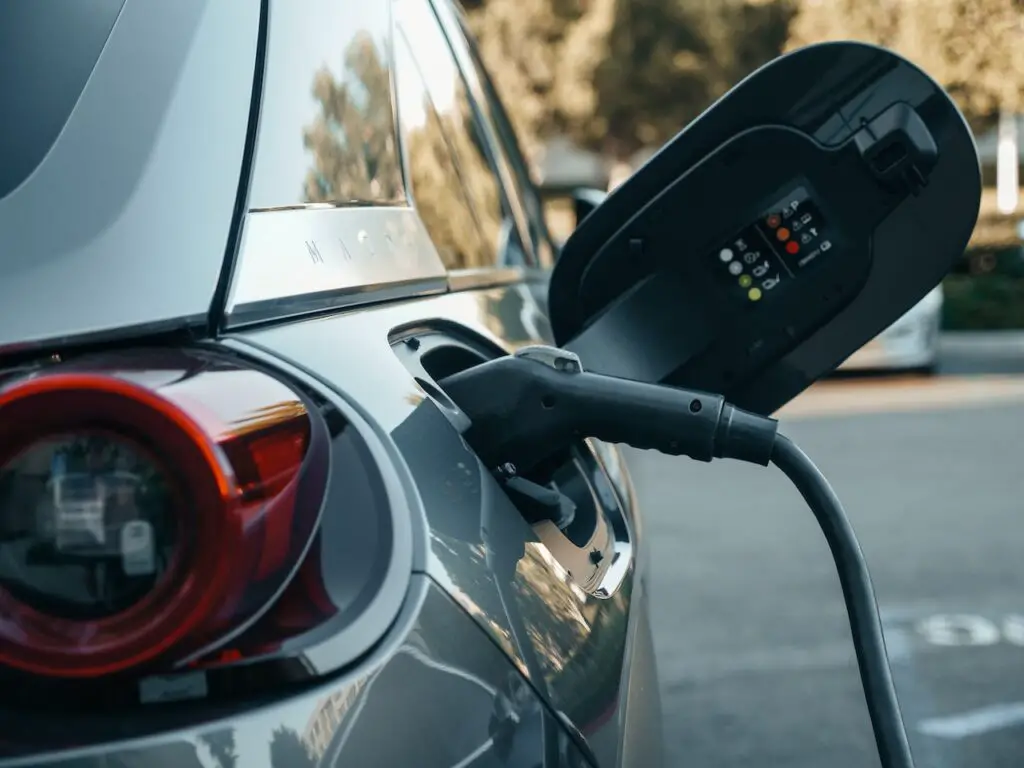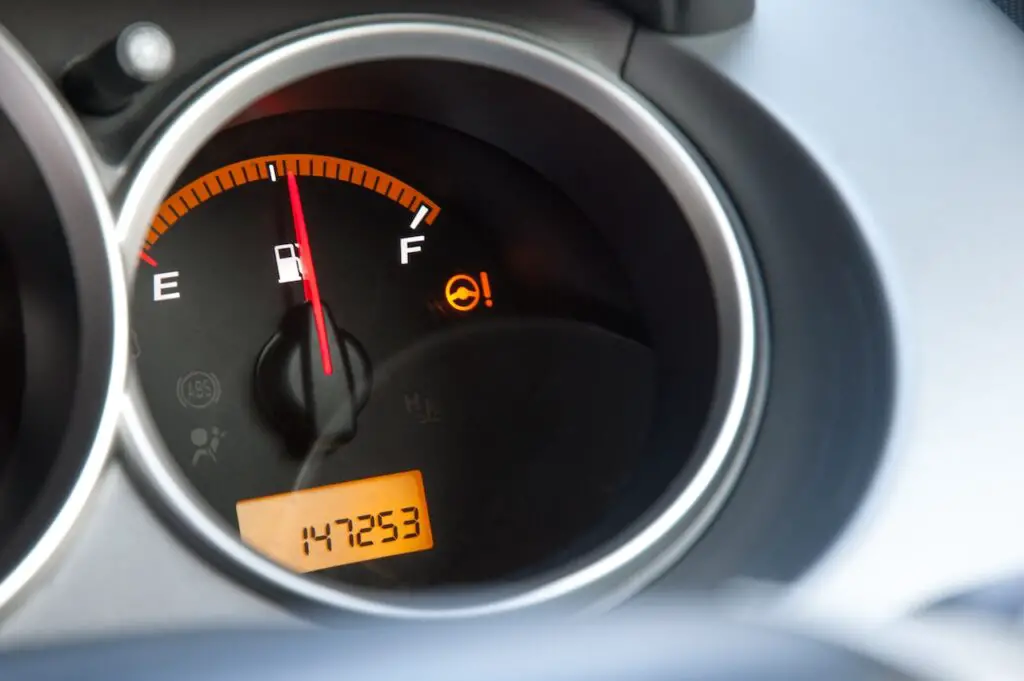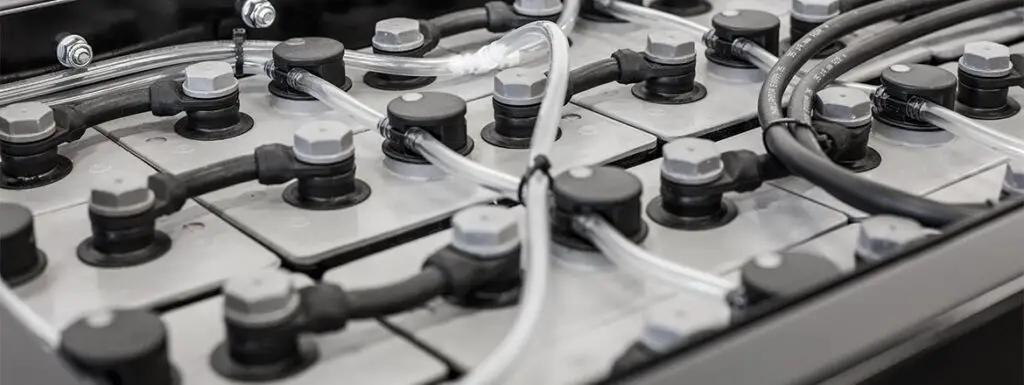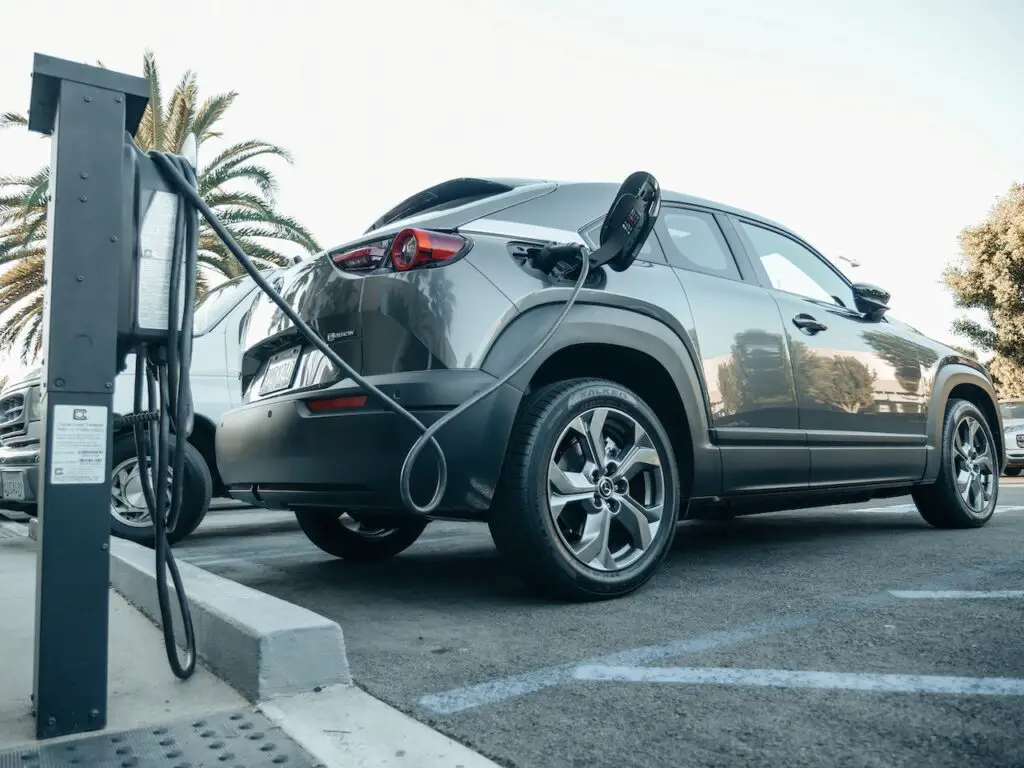Are you a proud owner of a plug-in hybrid electric vehicle? If so, you may be wondering how often you should charge your vehicle to keep it running at its best. Charging a plug-in hybrid electric vehicle is not as straightforward as filling up a traditional gas tank. It requires a bit more planning and attention to detail. In this article, we will explore the different factors that can affect how often you should charge your plug-in hybrid electric vehicle.
Most plug-in hybrid electric vehicle owners find it convenient to charge their cars at home, plugging them in overnight to start the day with a full battery. However, how often you need to charge your vehicle will depend on several factors, including your driving habits, the size of your battery, and the availability of charging stations in your area. Some plug-in hybrid electric vehicles cannot travel over 25 miles on a single charge, while others can go up to 50 miles or more.
So, how often should you charge your plug-in hybrid electric vehicle? The answer will depend on your specific vehicle and driving habits. In the following sections, we will explore the different factors that can affect how often you should charge your plug-in hybrid electric vehicle and provide some tips to help you get the most out of your vehicle’s battery.

Battery Capacity and Range
Battery Capacity
The battery capacity of a plug-in hybrid electric vehicle (PHEV) determines how much electricity can be stored in the battery. This capacity is measured in kilowatt-hours (kWh). The larger the battery capacity, the more energy it can store, and the longer the electric range of the vehicle.
For example, a PHEV with a 9.8 kWh battery capacity can travel up to 26 miles on electric power alone, while a PHEV with a 16 kWh battery capacity can travel up to 40 miles on electric power alone.
Electric Range
The electric range of a PHEV is the distance the vehicle can travel on electric power alone before the gasoline engine kicks in. The electric range varies depending on the battery capacity, driving style, and weather conditions.
For example, on a fully charged battery, a PHEV can travel up to 26 miles on electric power alone. However, if the battery is depleted, the gasoline engine will kick in and the vehicle will operate like a traditional hybrid.
It is important to note that the electric range of a PHEV can be extended by charging the battery whenever possible. Charging the battery can be done at home or at public charging stations.
Charging Frequency
Factors That Affect Charging Frequency
The frequency of charging a plug-in hybrid electric vehicle (PHEV) depends on various factors, including:
- The size of the battery and its state of charge
- The distance you drive daily
- The type of driving you do (highway vs. city)
- The temperature and weather conditions
- The availability of charging infrastructure
General Guidelines for Charging Frequency
As a general rule, it is recommended to charge your PHEV every night if possible. This way, you can start each day with a full battery and maximize your electric-only driving range.
However, if you have a longer commute or drive more than the electric-only range of your PHEV, you may need to charge more frequently. It’s also important to note that charging too often can reduce the lifespan of your battery, so it’s best to find a balance that works for your driving habits.
Additionally, it’s a good idea to keep track of your charging habits and adjust as needed. For example, if you notice that you’re consistently not using up all of your electric range, you may be able to charge less frequently.
Charging Methods
Level 1 Charging
Level 1 charging is the slowest charging method and uses a standard 120-volt household outlet. This method can take up to 20 hours to fully charge a plug-in hybrid electric vehicle. Level 1 charging is best suited for overnight charging or for emergency situations when no other charging options are available.
Level 2 Charging
Level 2 charging uses a 240-volt charging station and is the most common charging method for plug-in hybrid electric vehicles. This method can fully charge a vehicle in 2 to 4 hours, depending on the vehicle’s battery size and charging rate. Level 2 charging stations can be installed at home or found at public charging stations.
DC Fast Charging
DC Fast Charging is the fastest charging method and uses a high-powered charging station that can charge a vehicle up to 80% in 30 minutes. However, not all plug-in hybrid electric vehicles are compatible with DC Fast Charging, and it can be more expensive than other charging methods. DC Fast Charging stations can be found at select public charging stations.
Conclusion
Charging a plug-in hybrid electric vehicle is an important aspect of owning one. The frequency at which you need to charge your PHEV will depend on several factors, including your driving habits, the size of your battery, and the type of charger you are using.
As a general rule, it is recommended that you charge your PHEV at least once a day, or whenever the battery level drops below 20%. Charging your vehicle every day will ensure that you always have enough power to get where you need to go, and it will help extend the life of your battery.
When it comes to charging, there are several options available to PHEV owners, including home charging stations, public charging stations, and workplace charging stations. Each option has its own advantages and disadvantages, so it is important to consider your specific needs and circumstances when choosing a charging solution.
Finally, it is worth noting that the transition to electric vehicles is still in its early stages, and there is much to be learned about the best practices for charging and maintaining PHEVs. As more research is conducted and more data is collected, we can expect to see continued improvements in the efficiency and effectiveness of PHEV charging systems.




